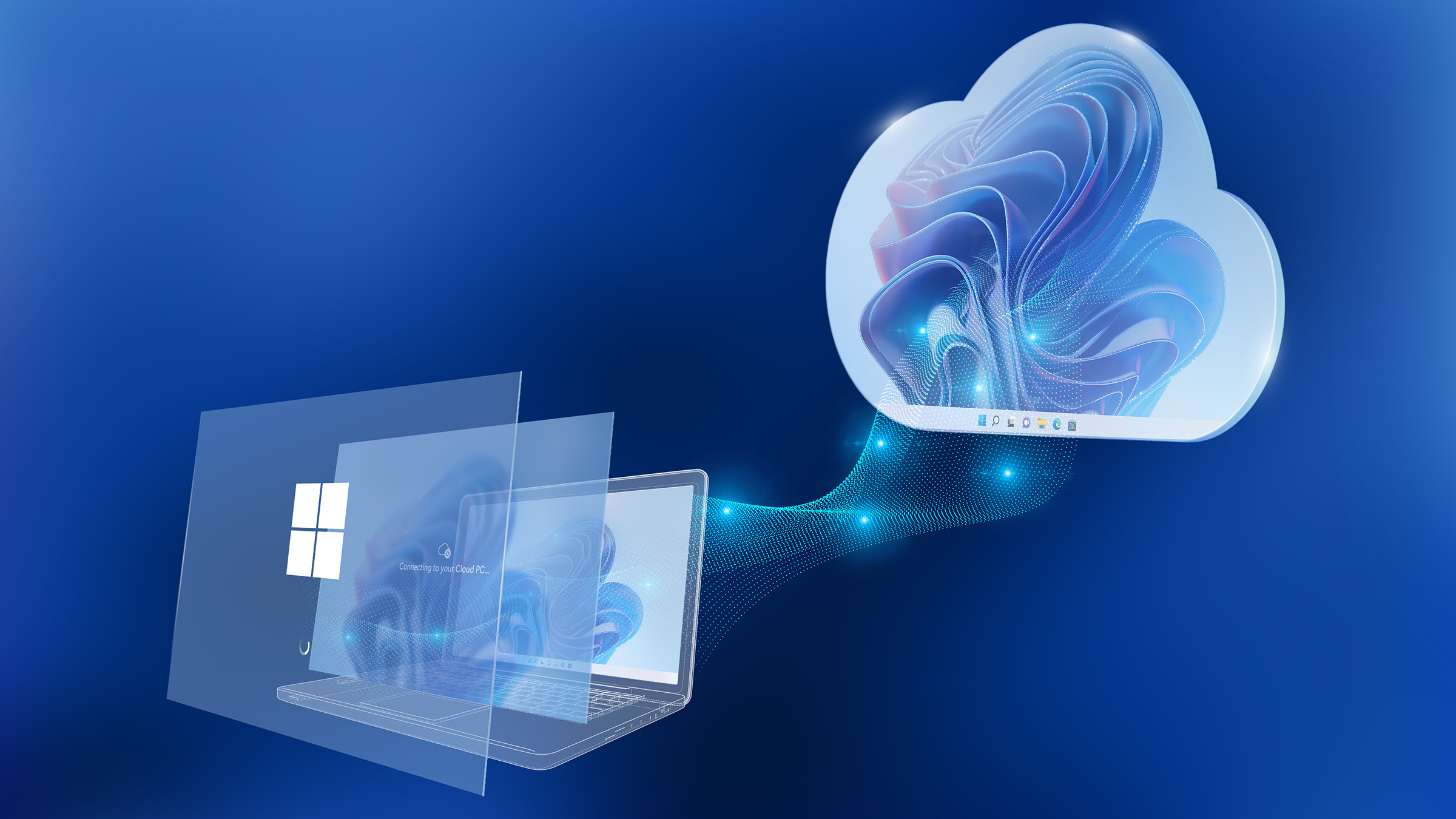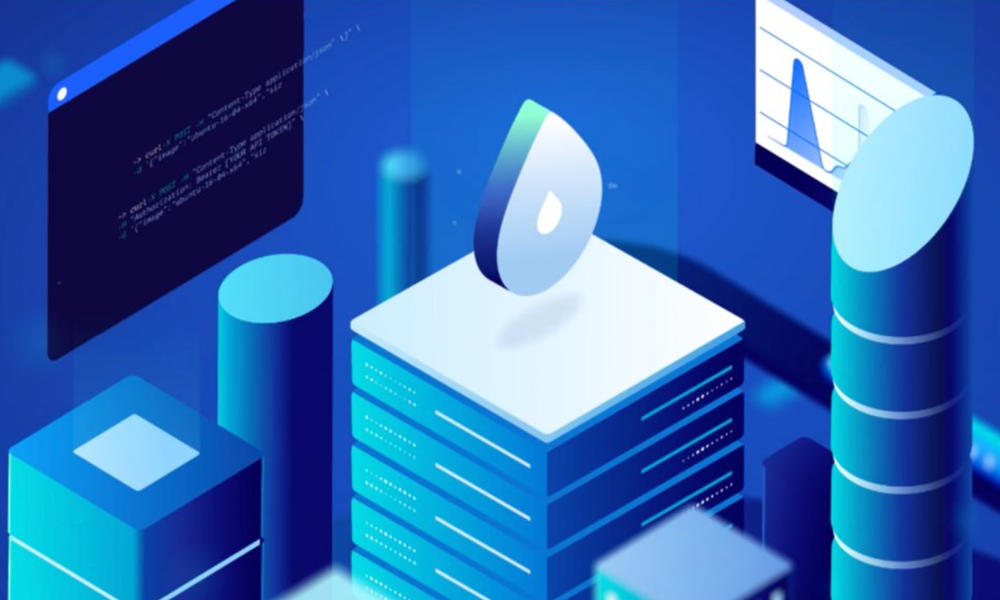The Cloud for PC – The cloud is the future of technology, chan it’s everything. We’re allWe’reng toward. Did you know that the cloud is now available for PCs? It’s not. It’s for mobile devices. And it’s not it’s for data storage. It’s alsoIt’s computing power.
If you’re a user, you already use the cloud. You store your files and pictures on a remote server instead of your computer.
But did you know there’s of cloud available? The cloud is now public for PCs. This means you can use your computer remotely from anywhere in the world.
Using the cloud to store data and share files soon became the primary method for keeping our personal information.
In today’s wtoday’sveryone is always connected. We’re conversely emailing, texting, talking, sharing, and more. With the rise of social media and smartphones, the online world is becoming more crowded, meaning we must learn how to communicate online smarter.
For example, when you post a status update on Facebook, the people who follow you can see what and how you’re doing. You can learn how to do things better and improve your online presence as you’re connected.
We live in an age of cloud computing. The cloud has become the new normal. We don’t jusdon’tre data in the cloud. We use it to make our lives easier and more productive.
But what exactly is cloud computing? What does it do? How can you use it?
PutWe’vether this short tutorial to help you understand the cloud, why it’s important, and how to get started.

What is cloud computing?
The cloud is a term used to describe a computerized service that provides access to remote storage and computing resources over the IInternet. This differs from traditional desktop-based applications that store data and run programs locally on a single user’s computer.
Cloud Computing allows you to use your computer to access and run programs stored remotely without worrying about hardware, software, or any other maintenance. This makes it ideal for people who are always on the go.
Cloud computing is outsourcing information technology resources, including data storage, software, and computing capacity, to a remote network of computers.
Cloud computing allows individuals and companies to use web-based resources, such as software, storage, applications, and computing power, without owning or managing the infrastructure that makes it all happen.
Cloud computing has become a major trend in technology. That’s how we interact with the Internet and manage our information.
Cloud computing is a cost-effective way to improve productivity by making information available on-demand to workers who need it, wherever they are. It’s alsoIt’soming a major business model for internet companies that want to provide online services.
For now, cloud computing is mainly used by businesses. But that may change over time.
Types of clouds
Cloud computing is becoming increasingly popular to save money and improve efficiency. Here are the different types of cloud computing:
IaaS – Infrastructure as a service
This is where you pay for infrastructure access, such as storage space or servers. You don’t, but you can access them when needed.
PaaS – Platform as a service
This is where you pay for a platform to build and host your apps. There is a set of pre-built services available for you to use.
SaaS – Software as a service
This is where you pay for software instead of buying a physical device. Your data is stored in the cloud instead of on a local server.
Cloud computing is a technology where data centers are shared among many users. It allows you to access your information wherever and from your device. It’s a grIt’stool for businesses, and it’s becoming increasingly popular among consumers.
Cloud computing has been around for over ten years, and we’re stiwe’rearning what it can do. There are so many different types of cloud computing that it’s hardit’ssay that one type is better than another.
What matters most is finding the right cloud for you and getting the most out of it.
Cloud computing is the best way to host your web applications, especially if you’re woyou’rewith spread-out teams. It’s alsoIt’sreat a way to back up your data and use your resources more efficiently.
Cloud computing allows you to access your files and apps without worrying about installing them. It also means you can access them from anywhere with an internet connection.
For instance, you can run your email from Gmail, even if you’re noyou’reour desk. Or you can store your files in the cloud and then access them from anywhere.
The great thing about cloud computing is that it gives you access to your data and applications. It also means you can access them from any device with an internet connection.
The biggest problem with cloud computing is that it’s relatively new. Most people using it aren’t asaren’tiar with it, and they may have concerns about its security.
For this reason, it’s important to make sure that you know what you’re doyou’reou don’t havdon’tsign up for a cloud service, but you should understand what it does and what it can do for you.
Cloud computing is the best way to host your web applications, especially if you’re woyou’rewith spread-out teams. It’s alsoIt’sreat a way to back up your data and use your resources more efficiently.
Cloud computing allows you to access your files and apps without worrying about installing them. It also means you can access them from anywhere with an internet connection.
Benefits of cloud computing
Cloud computing is not new. It’s beenIt’sund since the dawn of the Internet. However, technology has been improving exponentially, and with the recent growth of the IInternet of Things, the possibilities for future applications are endless.
Cloud computing is a relatively new concept that allows easy access to resources. It enables users to use their resources without worrying about physical locations or hardware requirements.
This is done by renting resources from a cloud provider instead of purchasing them outright. This can save companies a lot of money because they can avoid investing in hardware that may become obsolete in a few years.
The main benefit of cloud computing is that it’s flexible. As technology improves, it can be updated on the fly. Cloud-based systems can adapt to changing needs without purchasing new hardware.
Cloud computing has become very popular in recent years. While it was once a niche idea, many major companies now rely on cloud computing to cut costs and increase efficiency.
Cloud computing is still fairly new, but it’s beenit’swing rapidly. This means that it has some potential pitfalls to avoid.
Cloud computing can be costly. Many companies have experienced unexpected expenses due to unforeseen technical issues.
Cloud computing allows companies and individuals to access their data, apps, and devices from any web-enabled device. This means you can access your data and apps from anywhere, regardless of location.
It also means that if you have a high-speed internet connection, you can access the same data and apps that you would access on a desktop or laptop computer.

Frequently Ask Questions (FAQs)
Q: What that’s behind “The Clou” app?
A: “The Cloud app gives you access to any files on your mobile device, such as your photos, music, or movies, from anywhere using Wi-Fi or mobile data. You can even use your phone as external storage.
Q: Why do you need the cloud to create new content?
A: We wanted to make it easier for our users to access their photos, music, and movies without being tied down to a specific location. With “The Clou”,” we are “ow providing users with another layer of security by giving them access to all their content on a mobile device.
Q: Is this app compatible with other apps?
A: Yes, “The Clou” is a comp” table with other apps that support cloud syncing, like Dropbox and Google Drive. However, “The Clou” is designed to work specifically with Google Play services.
Q: What are some benefits of using “The Clou”?”
A: “The “Clou” allows “you to access your personal photos, music, and movies from anywhere using Wi-Fi or mobile data.
Q: Can I install “The Clou” without” installing other apps?
A: You can install “The Clou” from th” Google Play Store.
Q: How does “The Clou” work?
A” You need to sign up to “The Clou”.” You’ll “eYou’llof your mobile content when you log in, including your photos, music, and movies. You can also choose which devices to sync with your Google account.
Myths About Cloud for PC
Cloud computing is Internet-based computing in which computational resources are delivered as a service over a network, such as the Internet. The term describes a server infrastructure that provides shared resources, software, and information to computers and other devices upon demand.
The main benefits of cloud computing include improved security, increased scalability, and less maintenance.
Cloud computing is commonly used in business but also increasingly by consumers. Cloud computing has also been described as a “service “economy”.
Cloud “computing is also sometimes called “the cloud”. The wo “d cloud is commonly used in the context of the Internet. Cloud computing is often associated with the cloud computing services offered by Amazon Web Services and Microsoft Azure.
Cloud computing is also used in some specialized fields of computer science, such as grid computing and software-defined data center (SDDC).
Cloud computing can be contrasted with desktop virtualization, where applications are run on a physical server, but users access them through personal computers.
Conclusion
Cloud computing is a model for enabling ubiquitous, convenient, on-demand network access to a shared pool of configurable computing resources (e.g., networks, servers, storage, applications, and services) that can be rapidly provisioned and released with minimal management effort or service provider interaction.
The cloud computing paradigm shifts the responsibilities of managing and running applications toward consumers, providing them with on-demand network access to a pool of configurable computing resources (e.g., networks, servers, storage, applications, and services) that can be rapidly provisioned and released with minimal management effort or service provider interaction.
For example, we can store our photos online in the cloud and access them anywhere. We can keep our data on the cloud and pay only for what we use. We can connect to the Internet to play games, stream videos, or chat with friends.
Cloud computing delivers computing as a service rather than a product, providing shared resources, software, and information to computers and other devices as a utility over a network, such as the Internet.
Organizations with a traditional IT department relying on in-house infrastructure often use cloud services to reduce cost, save time, improve collaboration, and innovate.


















